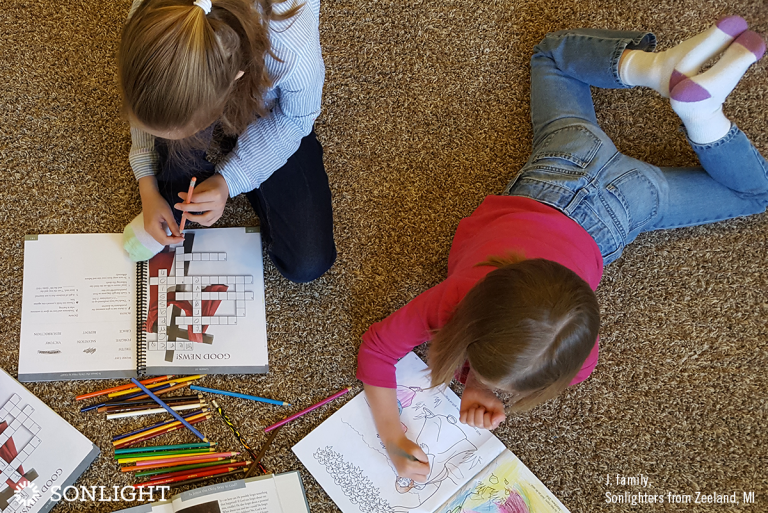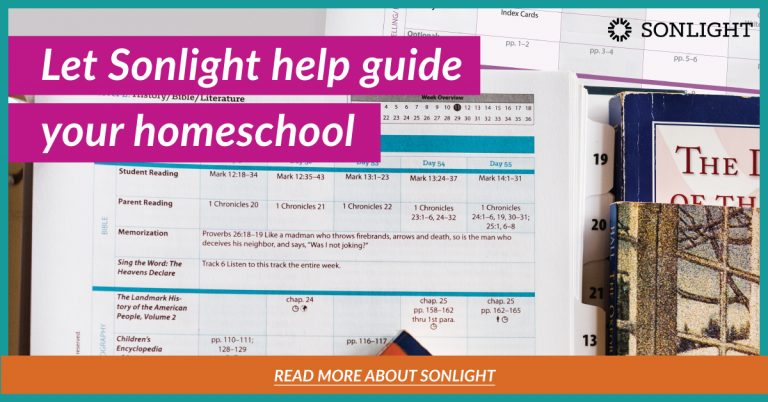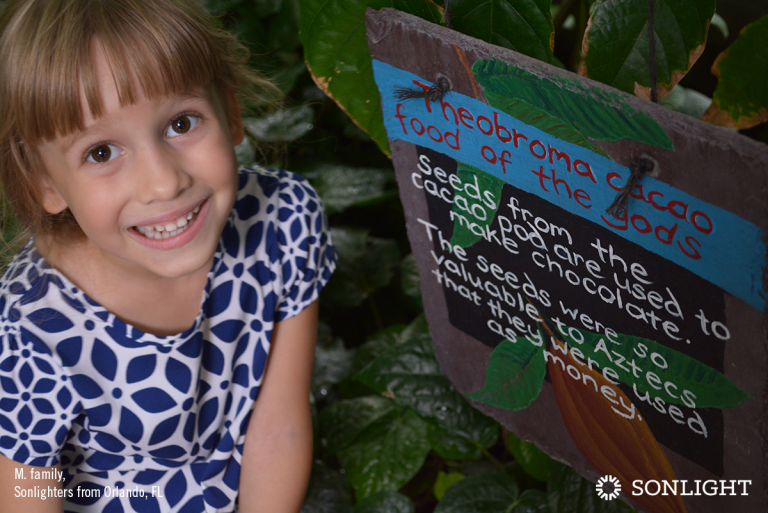We adopted my youngest son from our state’s foster care system over two years ago when he was seven and began homeschooling him when he was in third grade. It hasn’t been easy, but it has been rewarding. My son has a host of issues that stand in the way of his academic success, but homeschooling him gives him the opportunity to receive a gentle education tailored to his individual needs.
I know that in the last few years, I have cried many tears over this boy. At times, I am so proud of him that I can hardly stand it. At times, I am so frustrated that I want to quit. Many parents take on the task of schooling a child with a traumatic background, and it can feel so lonely. Let me assure you, you’re not alone. There are many parents down in the trenches right alongside you. Today, I’m sharing a few things that I’ve learned in the last few years that have made it a little easier, because I’ve been there and I’m still doing that, and because you’re not alone.
1. Put Your Relationship First
Before they know their times tables, a child from a traumatic background needs to know that they are safe and loved. It’s essential. It’s a great idea to spend a few weeks every so often focusing only on your relationship—not on academics.
During this time, play games, have long talks, spend one-on-one time, and possibly most importantly, make eye contact. Eye contact is one of the best ways to communicate love, care and trust to a child.
2. Have a Never Fail Policy
My son carries the weight of his birth parents’ failure with him all the time. As backward as it seems, he feels like he failed them. That is a tremendous burden of failure for a child to carry, so school should never be added to that burden. My son is a year and a half behind in math, but he doesn’t know that. All that he knows is that we steadily keep working at math. If he doesn’t understand a concept, we don’t leave it until he does. In this way he doesn’t have to add that burden of failure to his already heavy load.
School is one thing that he knows he can succeed in, and that gives him confidence that he didn’t have before. The more confidence he has, the clearer his mind is, and the faster he will learn the next concept. Think of homeschooling as a scaffold. If you skip one thing, you have built an unsteady, unsafe scaffold, but if you steadily work at each level until it is perfect, in time, you will get better and better at building it. Therefore, the next several stages will go faster, because you’re confident that you will succeed.
3. Know Your Obstacles
If you go through an obstacle course blindfolded, you will never finish it. You need to know what’s ahead of you in order to handle it. It’s the same way with children. My son came to us with an ADHD diagnosis and plenty of medication. But I never felt right about that, so I researched it and found that he didn’t have ADHD. Instead he has hypervigilance along with symptoms of PTSD. Treatment for these conditions was completely opposite that of ADHD.
Because of this revelation, we were able to find a doctor willing to take him off all his ADHD medicine. From my research, I learned that a weighted blanket on his lap and my occasional touch and encouragement would do wonders for him as he worked. Medicine can be a huge help, but only if it’s the right type. You wouldn’t take an ibuprofen for heartburn, and your child shouldn’t take ADHD medication for a sleep disorder. Always know what you’re dealing with, and if you aren’t sure, get a second (or third) opinion.
4. Take a Break
Parenting a child from a traumatic background is tough. Schooling them is even harder. When you feel frustrated, take a break. Give your child a pleasant surprise by letting him go outside for a quick 15 minute recess while you collect your thoughts and muster up a second wind.
While taking a break sounds selfish to a homeschooling mom, it’s one of the kindest things you can do for your kids. When you are tired and frustrated, you need a break. Feel free to take one.
It’s just as important to allow your child to take a break when they get overwhelmed. We have an old-fashioned bathroom, and my son loves to crawl into the claw-foot bathtub to think when he’s upset. When I see that he needs a break, I just say, “Do you need to go to the bathroom for a while?” It sounds odd, I know, but he always comes out fresh and ready to go. Time away from life every once in awhile is good for everyone’s soul.
5. Never Be Surprised
Kids are human. They sin. It’s imperative that you are never surprised by what they do. Never expect absolute perfection. It places too much pressure on the child and it’s exhausting for you. When you’re surprised by your child’s misbehavior, you will act on emotion, likely giving your child more attention for negative behavior than you need to.
Rather, have a list of consequences written down and keep it close by. When your child misbehaves, take a deep breath, remember that you aren’t surprised by his sin, and calmly dole out the consequence and move on to something else. When your child sees that he can’t get a reaction from you, many of those negative behaviors will likely end.
6. Pace Yourself
If your child leaves fourth grade without knowing his multiplication tables, don’t panic. There is still time, and plenty of it. We treat homeschooling like a sprint. Each year, we bust out of the gate and push ourselves as hard as we can, but in reality, we tire out in the first few weeks. Just like the Tortoise and the Hare taught us: slow and steady wins the race every time. Even more so with traumatized children. Be consistent, and you’ll get there.
Most of all, grace is needed when you take on the task of homeschooling a child from a traumatic background. Grace for your child, and grace for yourself will get you through.
Keep going. Don’t stop. Marathons are long and hard, but the sense of accomplishment at the end is so worth it.
If you are homeschooling a special needs child, we have experienced homeschooling moms who would love to talk to you. Click here to connect with your homeschool consultant.












